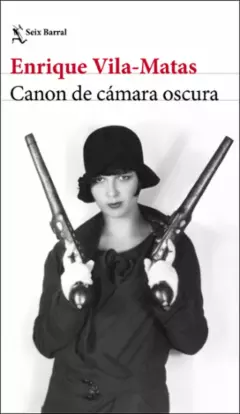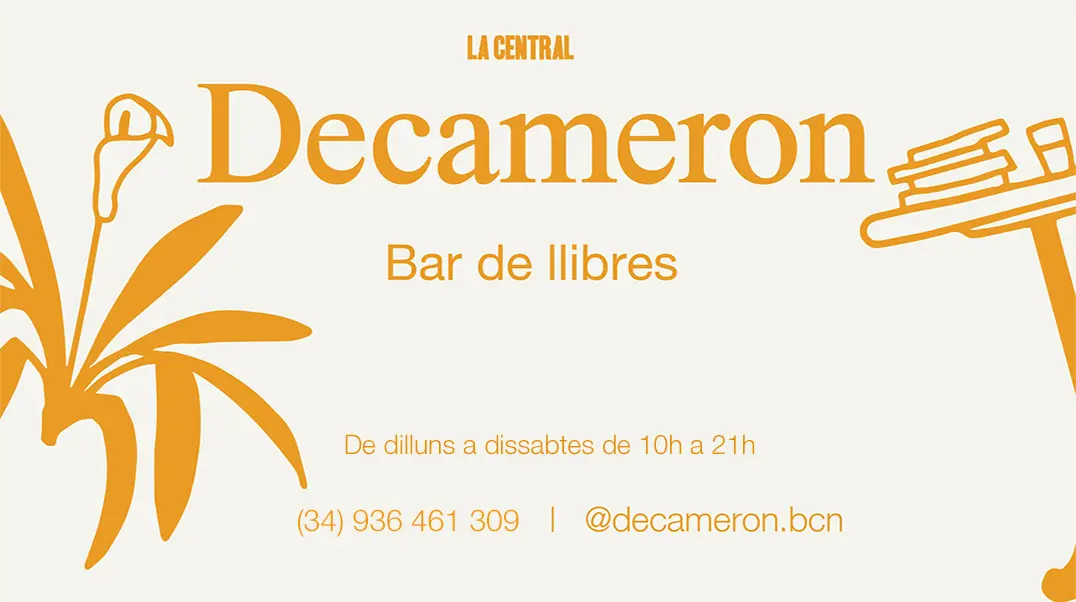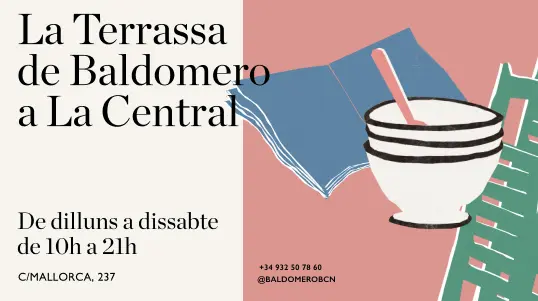Surrealism & The Art Of Crime

Surrealism & The Art Of Crime
Sense existències ara
Rep-lo a casa en una setmana per Missatger o Eco Enviament*In a book strikingly illustrated with surrealist artworks and their sometimes gruesome source material, Eburne addresses key individual works by both better-known surrealist writers and artists (including André Breton, Louis Aragon, Aimé Césaire, Jacques Lacan, Georges Bataille, Max Ernst, and Salvador Dalí) and lesser-known figures (such as René Crevel, Simone Breton, Leonora Carrington, Benjamin Péret, and Jules Monnerot). For Eburne "the art of crime" denotes an array of cultural production including sensationalist journalism, detective mysteries, police blotters, crime scene photos, and documents of medical and legal opinion as well as the roman noir, in particular the first crime novel of the American Chester Himes. The surrealists collected and scrutinized such materials, using them as the inspiration for the outpouring of political tracts, pamphlets, and artworks through which they sought to expose the forms of violence perpetrated in the name of the state, its courts, and respectable bourgeois values.
Concluding with the surrealists´ quarrel with the existentialists and their bitter condemnation of France´s anticolonial wars, Surrealism and the Art of Crime establishes surrealism as a vital element in the intellectual, political, and artistic history of the twentieth century.
















